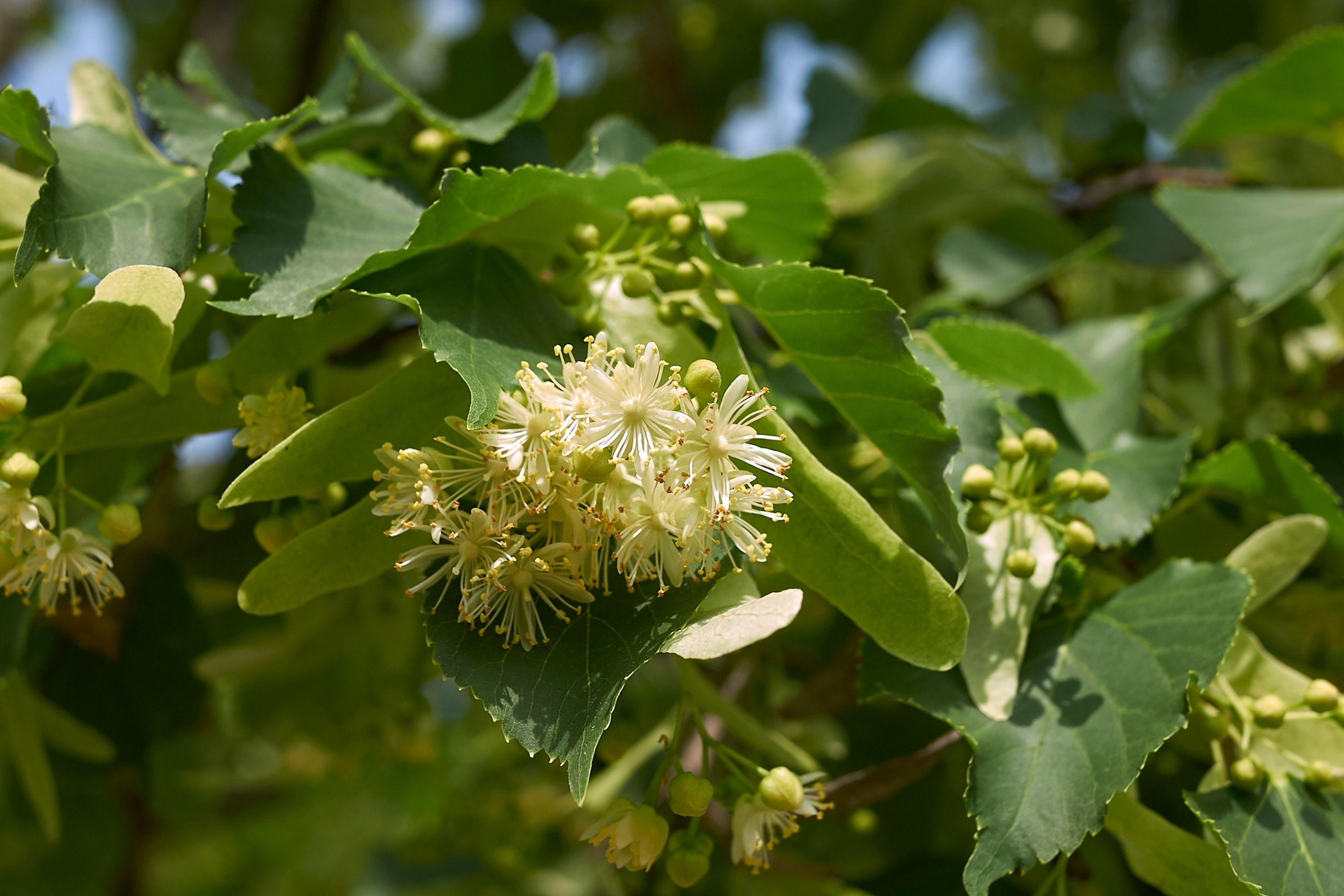Japanese lime
(Tilia japonica)

Description
Tilia japonica, the Japanese lime or Japanese linden, is a species of Tilia native to eastern China and Japan, preferring to grow in mountains up to 2000 m. It superficially resembles the better-known Tilia cordata, the small-leaved lime, and was originally described as Tilia cordata var. japonica. It differs from T. cordata in having 164 chromosomes instead of 82, and by some subtle differences in leaf and flower morphology. T. japonica inflorescences consistently have 5 staminodes, which is a reliable trait distinguishing it from T. cordata and T. amurensis. Recent studies indicate T.japonica to play an important role in maintaining the ectomycorrhizal networks in local forests it grows in Japan. Tilia japonica is grown as an ornamental tree. Its 'Ernest Wilson' cultivar has gained the Royal Horticultural Society's Award of Garden Merit. Its wood was used for furniture, and due to its straight grain is still occasionally used for veneers. Like other lindens, it is a source for a premium honey. It is the official tree of the city of Nagano, Japan. Tilia japonica's innermost bark, known as bast, was used by the Ainu for clothing, attus. Tilia is a genus of about 30 species of trees or bushes, native throughout most of the temperate Northern Hemisphere. The tree is known as linden for the European species, and basswood for North American species. In Britain and Ireland they are commonly called lime trees, although they are not related to the citrus lime. The genus occurs in Europe and eastern North America, but the greatest species diversity is found in Asia. Under the Cronquist classification system, this genus was placed in the family Tiliaceae, but genetic research summarised by the Angiosperm Phylogeny Group has resulted in the incorporation of this genus, and of most of the previous family, into the Malvaceae. Tilia species are mostly large, deciduous trees, reaching typically 20 to 40 m (65 to 130 ft) tall, with oblique-cordate (heart-shaped) leaves 6 to 20 cm (2+1⁄4 to 7+3⁄4 in) across. As with elms, the exact number of species is uncertain, as many of the species can hybridise readily, both in the wild and in cultivation. They are hermaphroditic, having perfect flowers with both male and female parts, pollinated by insects. Tilia is the only known ectomycorrhizal genus in the family Malvaceae. Studies of ectomycorrhizal relations of Tilia species indicate a wide range of fungal symbionts and a preference toward Ascomycota fungal partners.
Taxonomic tree:







